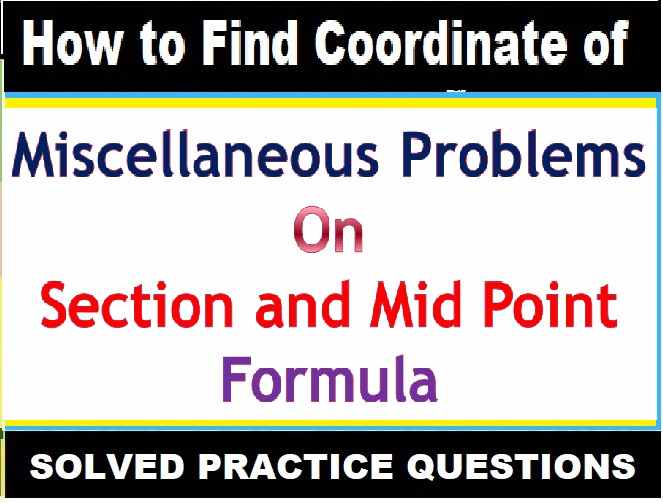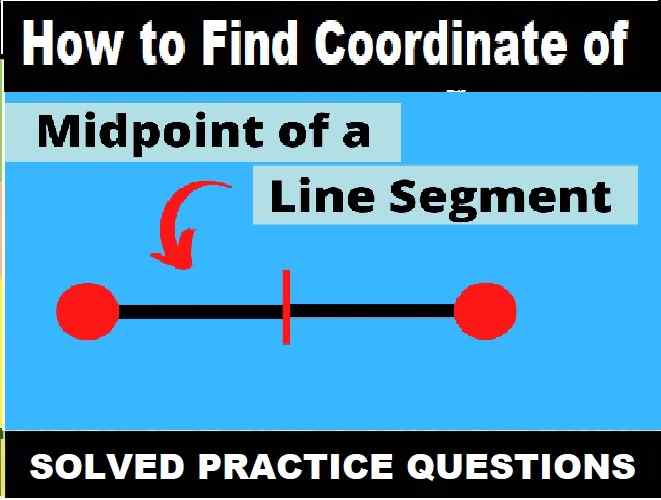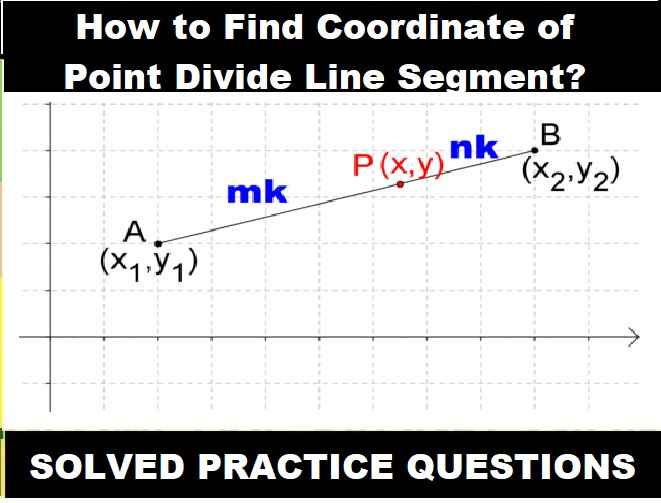Simple Machines And Their Importance ICSE Class-6th Goyal Brothers Physics Solutions Chapter-4, Unit-1. We Provide Step by Step Answers of Objective, True False, Incorrect and Correct, Fill in the blanks, Match the following , Study Questions of Chapter-4, Energy, Unit-2 (Simple Machines And Their Importance). Visit official Website CISCE for detail information about ICSE Board Class-6.
Simple Machines And Their Importance ICSE Class-6 Goyal Brothers Physics Solutions Chapter-4 Unit-1
| Board | ICSE |
| Class | 6th |
| Subject | Physics |
| Book Name | Goyal Brothers |
| Chapter-4 | Energy |
| Unit-1 | Simple Machines And Their Importance |
| Topic | Solution of exercise questions |
| Session | 2023-24 |
OBJECTIVE TYPE QUESTIONS
(Simple Machines And Their Importance ICSE Class-6 Goyal Brothers Physics Solutions Chapter-4 Unit-1)
Que: A. Fill in the blank spaces by choosing the correct words from the list given below :
List : load, simple, less, direction, effort
1. The handle of a water pump acts as a simple machine.
2. The resistance overcome by a machine is called load.
3. A machine may simply change the direction of applied force.
4. The force applied on a machine to do some mechanical work is called effort.
5. In a machine the output is always less than the input.
Que: B. State whether the following statements are true or false :
| Statements | True/False |
| 1. Machines are used for doing dangerous works only. | |
| 2. The ratio between useful load lifted to the effort applied is called mechanical advantage. | |
| 3. The energy supplied to a machine in doing some mechanical work is called input energy. | |
| 4. The output energy of a good machine is always greater than input energy. | |
| 5. The ratio between the input energy to the output energy of a machine is called its efficiency. |
Answer :
| Statements | True/False |
| 1. Machines are used for doing dangerous works only. | F |
| 2. The ratio between useful load lifted to the effort applied is called mechanical advantage. | T |
| 3. The energy supplied to a machine in doing some mechanical work is called input energy. | T |
| 4. The output energy of a good machine is always greater than input energy. | F |
| 5. The ratio between the input energy to the output energy of a machine is called its efficiency. | T |
Que: C. Statements given below are incorrect. Write the correct statements.
1. The resistance overcome by a machine is called friction.
Answer: The resistance overcome by a machine is called load.
2. A machine which lifts more load than effort applied has efficiency more than 1.
Answer: A machine which lifts more load than effort applied has mechanical advantage efficiency more than 1.
3. An ideal machine is possible in real life.
Answer: An ideal machine is impossible in real life.
4. The force applied on a machine to do some mechanical work is called effort.
Answer: The force applied on a machine to do some mechanical work is called pressure.
5. The ratio between input energy and output energy is called efficiency of machine.
Answer: The ratio between output energy and input energy is called efficiency of machine.
Que: D. Tick (√) the most appropriate answer :
1.Which of the following do not belong to the same class ?
(a) Lever
(b) Pulley
(c) Inclined plane
(d) Wheel and axle
Answer: option (c) Inclined plane is correct.
2. Which of the following do not belong to the same class ?
(a) inclined plane
(b) wedge
(c) pulley
(b) screw
Answer: option (c) pulley is correct.
3. In an ideal machine the output energy is :
(a) more than input energy
(b) equal to input energy
(c) less than input energy
(d) infinite compared to input energy
Answer: option (b) equal to input energy is correct.
4. The output energy of a real life machine is less than input energy because of :
(a) moving pats of machine
(b) friction at the moving parts
(c) both (a) and (b)
(d) none of these
Answer: option (c) both (a) and (b) is correct.
Que: E. Match the statements in Column A, with those in Column B :
| Column A | Column B |
| 1. A machine whose parts are frictionless as well as weightless. | (a) Simple machine |
| 2. In an device, output energy is less than input energy. | (b) Ideal machine |
| 3. The ratio between the output energy and the input energy. | (c) Machine |
| 4. The machine such as handle of water pump or a ramp. | (d) Principle of machine |
| 5. A device which may speed up work or move heavy load or change direction of effort. | (e) Efficiency of machine |
Answer :
| Column A | Column B |
| 1. A machine whose parts are frictionless as well as weightless. | (a) Ideal machine |
| 2. In an device, output energy is less than input energy. | (b) Principle of machine |
| 3. The ratio between the output energy and the input energy. | (c) Efficiency of machine |
| 4. The machine such as handle of water pump or a ramp. | (d) Simple machine |
| 5. A device which may speed up work or move heavy load or change direction of effort. | (e) Machine |
STUDY QUESTIONS
Simple Machines And Their Importance ICSE Class-6 Goyal Brothers Physics Solutions Chapter-4 Unit-1
Question: 1. (a) Define the term machine.
Answer: A device that helps lift a heavy load, speed up motion, or change the direction of the force in the desired direction is called a machine.
(b) Name six types of simple machines.
Answer: Six types of simple machines are Lever, Pulley, Inclined plane, Wedge, Screw, Wheel, and Axle.
Question: 2. Give four reasons for using machines.
Answer: Machines are used to :
- Change the effort in the desired direction.
- Speed up the motion of a body.
- Lift a heavy load by applying a small effort.
- Do unsafe and dangerous work.
Question: 3. What is an ideal machine ? State the principle of an ideal machine.
Answer: The principle of an Ideal Machine:
- It is defined as a machine that converts all the input energy into useful output energy. The efficiency of the ideal machine is 100%.
- The principle of the ideal machine is that the work done by the machine is equal to the work done on the machine.
Question: 4. The output energy of a real life machine is always less than the input energy. Give two reasons for this deficiency.
Answer: 1. The output work is always less than the input work because some input work is used to overcome friction.
2. Therefore, efficiency is always less than 100 percent. All machines make work easier, but they don’t increase the amount of work that is done.
3. Efficiency is the percent of work put into a machine by the user (input work) that becomes work done by the machine (output work).
4. The output work is always less than the input work because some input work is used to overcome friction.
Question: 5. Define the following terms :
(a) Effort: The effort is an applied force to bring desired change to the position (push or lift) of the load.
(b) Load: The weight lifted by a machine is called Load. It is denoted by ‘W’.
(c) Fulcrum: The fulcrum is the fixed point on the rigid bar about which the machine (lever) can turn. It means the support about which the lever turns.
(d) Effort arm: The perpendicular distance between the point or the axis of rotation and the point at which the efforts acts is known as an effort arm.
(e) Load arm: The lever has two “arms”: The load arm (or output arm) is the por- tion of the lever directly connected to the load. The effort arm (or arm of applied force) is the portion of the lever to which we apply the effort, or input force.
(f) Input energy: Input energy is defined as the work done on a machine. If we apply force on one end of a lever and the load is lifted from another end, the work done by us is input energy.
(g) Output energy: Output energy is defined as the work done by a machine. The work done by the lever to lift the load is output energy.
Question: 6. (a) What do you understand by the term efficiency of machine ?
Answer:
- The efficiency of a machine indicates how well its input energy is converted to useful output energy or work.
- It is a major factor in the usefulness of a machine and is the fraction or percentage of the output divided by the input.
(b) A machine has an efficiency of 70%. Explain the statements as clearly as possible.
Answer:
- If a machine is 70% efficient, it means that 70% of the work input to the machine is obtained as the useful work output.
- The remaining 30% of the work input has been lost in overcoming the friction and other factors.
Question: 7. The physical quantities such as mechanical advantage and efficiency of machine has no units, but are pure numbers. Explain.
Answer:
- The physical quantities such as mechanical advantage and efficiency of the machine have no unit but are pure numbers.
- It is because these physical quantities are ratios of quantities that have the same units.
- These units cancel out each other.
- Therefore, physical quantities such as mechanical advantage and efficiency of the machine have no unit but are pure numbers.
— : End of Simple Machines And Their Importance ICSE Class-6 Goyal Brothers Physics Solutions Chapter-4 Unit-1:–-
Return to- ICSE Class -6 Goyal Brothers Physics Solutions
Thanks
Please share with your friends if you find it useful


